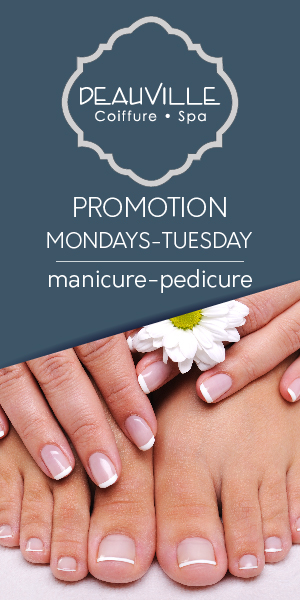
Home hair cuts offer many advantages – time savings, money savings and style control are just three advantages that come from doing your own haircuts at home. But to achieve maximum effectiveness from these savings it’s essential that you prepare and practice prior to diving in for your first attempt.
Essential tools for hair cutting include sharp hair-cutting scissors and a mirror. In addition, fine-tooth combs and sturdy hair clips may come in handy in smoothing out disobedient strands before every snip.
Getting Started
First and foremost, you’ll need to invest in high-quality scissors. Thinner ones may make it easier for you to manipulate your locks without fear of choppy cuts.
Comb and mirror will also help get the job done. Once your hair has been combed out, use the fine-toothed side of your comb to set an outline of where you would like its length to fall.
Start by creating a small ponytail near your nape of the neck. Secure it using an elastic band while not fully pulling up on it – this will serve as the starting point for creating your layered look and be mindful of not cutting too much at this point as this transition zone should remain.
Preparing Your Hair
Life happens, and sometimes our regularly scheduled hair appointments fall by the wayside. But that doesn’t have to be an excuse for suffering through bad haircuts until we can return to the salon; with proper tools and guidance from stylists it may even be possible for us to make necessary changes ourselves!
Start off right by making sure that the following essentials are present in a brightly lit space:
Cutting
Professional hairstylists typically wash client’s hair prior to cutting it, as wet strands tend to stretch and adhere more readily along their lengths – creating more even layers with ease. Furthermore, cutting wet hair is much simpler.
Trying your own haircut at home requires setting aside enough time and choosing an area with adequate lighting that won’t distract. Additionally, it might be beneficial to invest in some thinning scissors that will thin out hair rather than simply cut through it.
Beginning by pulling your hair back into a high ponytail near the crown of your head and securing it with an elastic band, then using both a large mirror and hand-held mirror across from it to assess the back of your hair, use small scissors snips to achieve more gradual shaping; additionally, point-cutting techniques allow you to add different layers – these methods work by holding sections between pointer finger and middle finger and trimming off ends as you go along.
Finishing
At this stage, using sharp shears (it is imperative that these be sharp), start trimming at the center region just under your second hair tie and work upward from there, cutting straight across each time and gradually raising them higher as you go along. Assess your look and make any necessary adjustments in order to achieve desired results.
If your layers are too blunt and harsh for your hair type, try point cutting the ends. With your regular shears or thinning shears, take a 1/2 inch section and cut directly up into it for an softer, lighter finish. This method gives an overall more relaxed and less harsh appearance to your locks.
Once the back and sides have been completed, move on to the top. Utilizing your first cut section as a guide, begin pulling small sections parallel with it, trimming accordingly until complete. Continue this process until completed.



